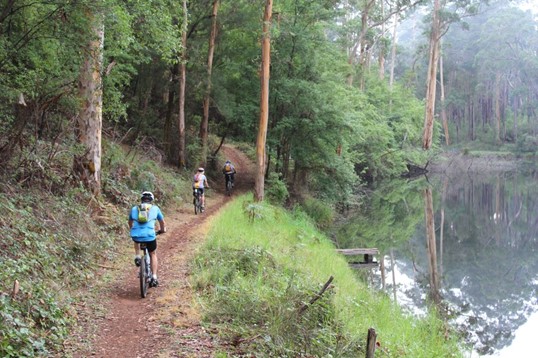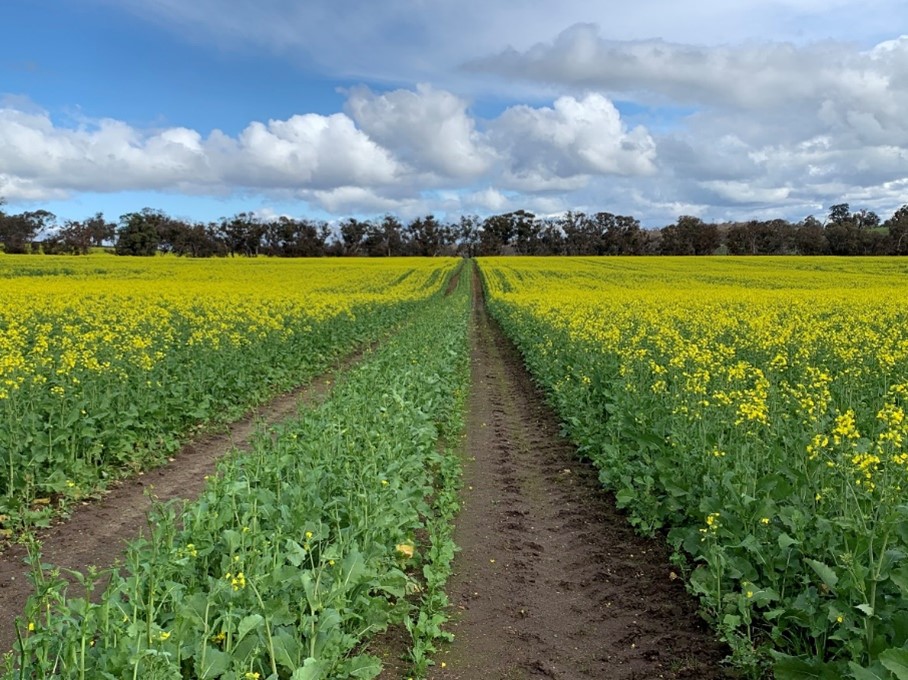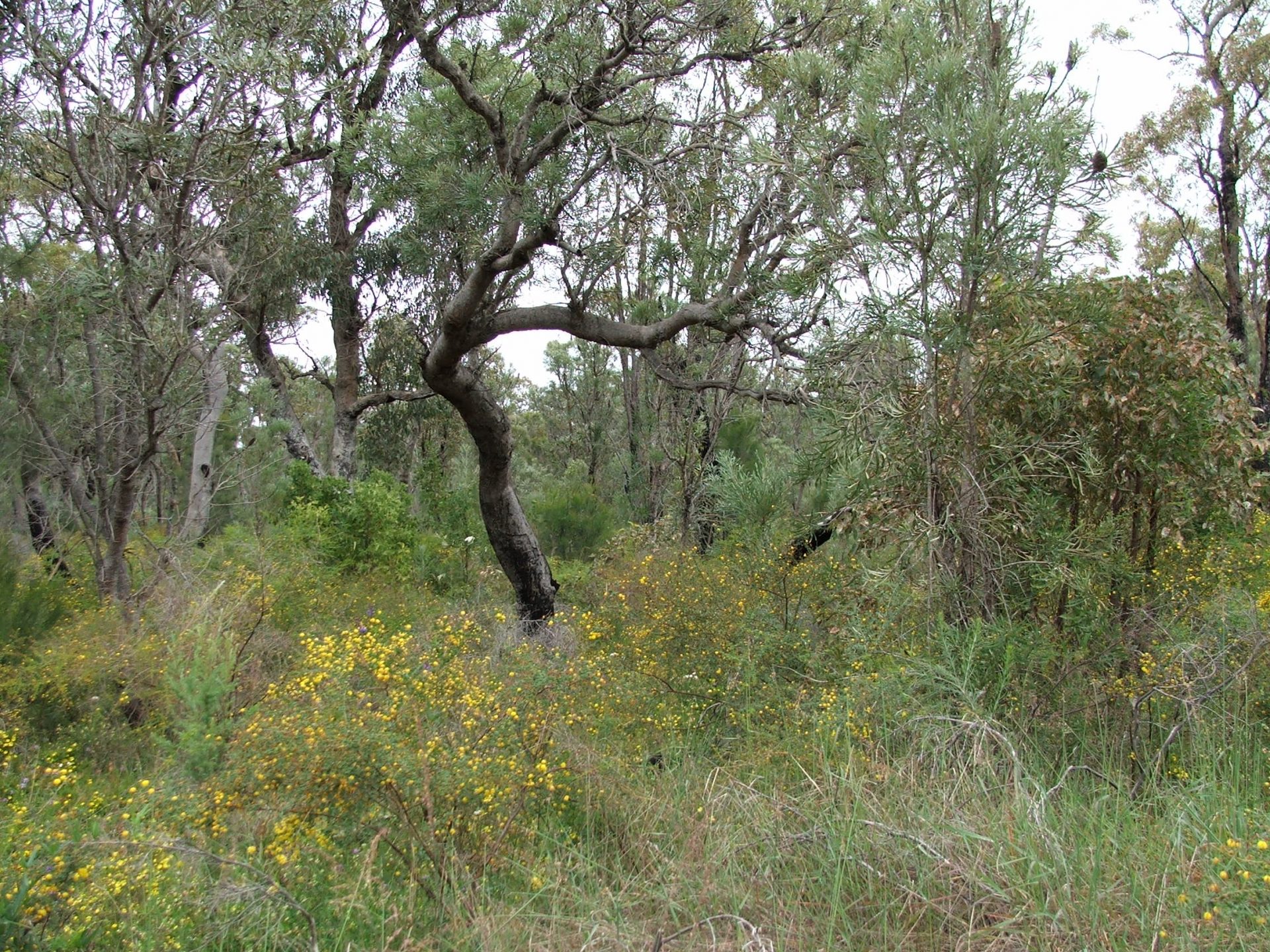Biophysical (Boodja)
A Healthy Catchment that Supports Life and Livelihood
Goals
- Wetlands and Waterways are Healthy and Productive
- Soils are Healthy and Productive
- Coastal and Nearshore Areas and Processes are Resilient and Valued
- Biodiversity is Conserved
- Natural Water Resources are Managed and Used Wisely





A Healthy Catchment that Supports Life and livelihood (Objective 2)
Our Objective 2 – “A Healthy Catchment that Supports Life and Livelihood” is the core aim of natural resource management in our Peel-Harvey Region. All goals directly related to the condition of the Region’s natural resources are included under this objective.
1. Wetlands and waterways are healthy and productive (Goal B1)
Wetlands and waterways have a special place, with all major townsites and communities living in proximity to a local waterway or wetland. Major waterway assets include the Hotham, Williams, Murray, Serpentine, North and South Dandalup and Harvey rivers. Major wetland assets include the Peel-Harvey Estuarine System and the Peel-Yalgorup Ramsar System. Key threats include poorly planned development, changing hydroperiods, reduced flow, eutrophication, Acid Sulphate Soils (ASS) and monosulfidic black ooze (MBO’s). Strategies to achieve this goal are designed to support coordinated management of the Estuary and Ramsar System, implement management actions to improve waterway and wetland condition, and protect groundwater quality and flows into wetlands and waterways.
2. Soils are healthy and productive (including Biosecurity) (Goal B2)
Soils and landforms are the fundamental resources that shape our wetlands and waterways, biodiversity and land use, especially agriculture. Agricultural production in the Catchment is worth $469.974 million per annum (2021 REMPLAN) and relies directly on the health and conservation of soil resources. Soils should be managed as a living resource with consideration to soil acidity, dryland salinity, prevention of erosion and discharge of sediment.
Biosecurity is an issue of significant concern to the community and is included under this goal given its impact on soils, productivity and biodiversity. Issues such as water repellence and compaction of soils may also be having an impact on farm productivity levels, although the impact on productivity is not clearly understood. Healthy soils will reduce the loss of topsoil to waterways and the impact of sediment on rivers and the Estuary.
Strategies under this goal aim to assist farmers and land managers to better understand their local soils, make informed decisions on soil management practices, and support biosecurity programs. Farmers own and manage over 50% of the Region, making their increased participation in NRM essential.
3. Coastal and nearshore areas and processes are resilient and valued (Goal B3)
Coastal foreshores, beaches and near-shore areas have significant social, ecological and economic values. They support commercial and recreational fisheries, protect coastal residential areas and provide a diversity of habitat for flora and fauna. A key aspect of coastal management in the Region is the network of community groups, local governments and state agencies that manage coastal foreshores and maintain public access to beaches and nearshore waterways. Strategies to achieve this goal are aimed at supporting the groups and organisations who are undertaking coastal area and near-shore management.
4. Biodiversity is conserved (Goal B4)
The natural environment maintains a sense of place for people and there is a strong desire to strengthen the connection between people and their local environment. Strategies under this goal aim to increase people’s connection with the natural environment, support sustainable recreational use of natural areas and support a skilled landcare and volunteer base.
5. Water resources are managed and used wisely (Goal B5)
Water resources are essential to life. They shape our wetlands, waterways and biodiversity and influence the type and location of agricultural production. Water resources include both surface waters and groundwater, and the aquifer systems that link them both. Most of the forested areas of the Forest and Scarp Subsystem are proclaimed water supply catchments (Land Assessment, 2005).
Water resources are managed under a regime which recognises both public and private use values as well as environmental water requirements. The strategies to achieve this goal support water allocation planning and other activities to ensure the wise use of resources for protection of ecosystems in the long term. These strategies complement the Department of Water’s role in water allocation planning.
The Strategies and Activities aimed at achieving each of the Goals listed below can be viewed here.
Management Actions to support our Biophysical (Boodja) goals and Regional land Partnerships (RLP) 5 Year Outcomes
Click on the images below to view a summary of our projects and a list of actions PHCC is delivering on to achieve the goals for this Objective and meet our Regional land Partnerships (Australian Government) Outcomes.
View all our biophysical projects here.

Wetlands and People

Numbat Neighbourhood

A World for Woodlands

Greening Farms

